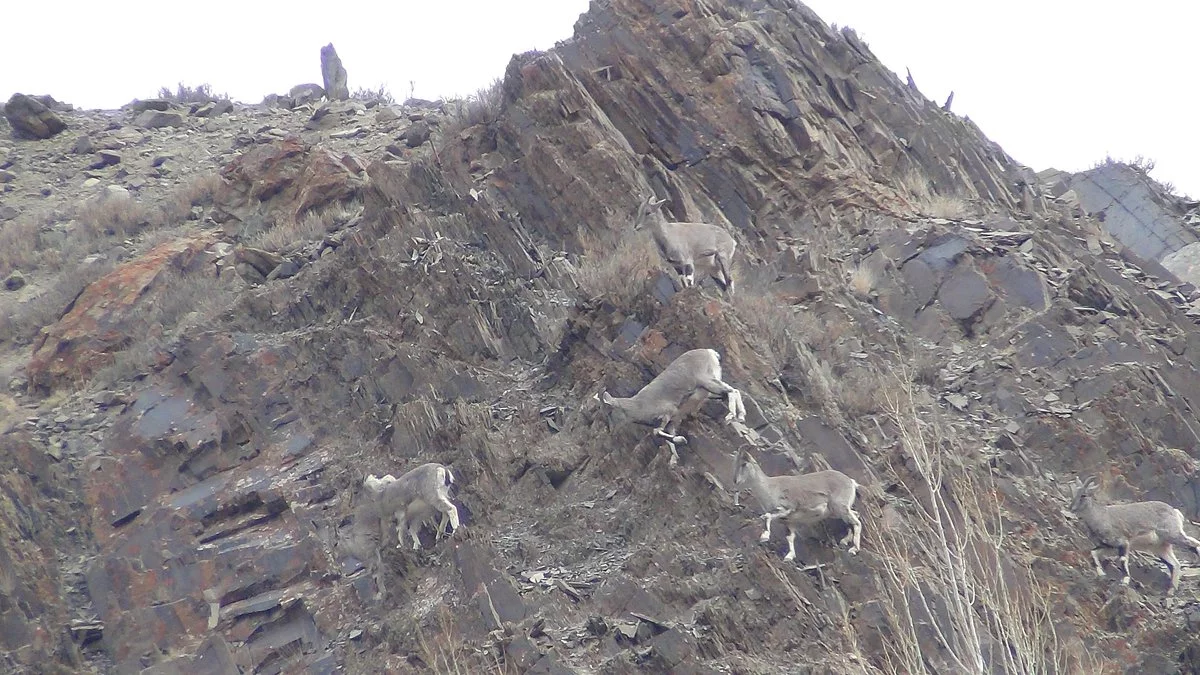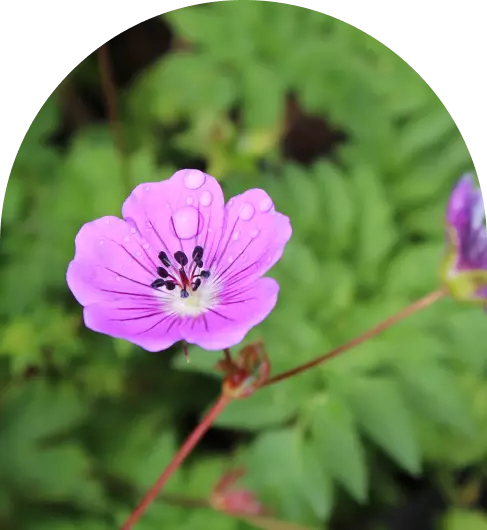
Covering a massive area of 4400sq. kilometers, this stunning and picturesque place is one of the prime attractions of Ladakh in the state of Jammu. The place in question is Hemis National Park named after the popular Hemis Monastery and is a marvelous place to quench the thirst for the wanderlust in you and to behold the exquisiteness of the bounties of nature. Some of the very rare species of wildlife and their exquisite beauty are the reason for their global popularity. The geographical location of the park is beside the west bank of the Indus River which is the main source of water for the wildlife.
Crowned with the status of the largest national park in South Asia, Hemis National Park is home to one of the rarest and endangered species of wildlife which is the snow leopard. Established in the year 1987 as a national park, the total area of the park was 3350sq. km initially, which was later on increased to 4400sq. km in 1990. The area is known for its unique biodiversity and is a protected home for many threatened animals such as leopards, Asiatic Ibex, Tibetan Wolf, Red Fox, etc. The national is also visited by a number of visitors for its scenic beauty and thrilling trekking expeditions. Lofty mountains and alpine forests of juniper and subalpine dry birch make it a treat for the eyes of the beholder. The Stok Kangri peak is in the premises of the park which enhances the exquisiteness of the already stunning view. The landscape of Hemis National Park is divided into three main habitats: -The mountainous region which experiences heavy rainfall with scarce vegetation and flora. Tall peaks around the national park extending from 5000m-6000m above sea level makes a great snow-clad mountain view. -The rain shadow region which consists of rocky, rough terrain with sparse rainfall, though small shrubs and small trees are still seen here. -The area here thriving around the stream and is rich in vegetation with numerous birds flocking near the water.
The park can be explored through trekking, or you can just camp at one place and admire the peacefulness and solitude of the park. The 400-year-old Hemis Monastery is also located within the park which is the wealthiest monastery of Ladakh and is also the largest monastic institution. The confluence of Indus and Zanskar rivers acts as a boundary for the park and is a refreshing sight for the viewer. It also consists of the catchment area of Markha, Sumdah, and Rumbak, and some part of the Zanskar Range. A trip to this monastery will add to the thrilling experience which you will never forget for the years to come.
There is no staying facility such as hotels available in or near Hemis National Park and the villages around it provide homestay facilities for the visitors. These six villages namely Rumbak, Kaya, Sku, Shingo, Urutse, and Chilling along with the Hemis Monastery are the places where rooms can be available for visitors to stay.

Hemis National Park does not experience much downpour throughout the year, as it located in the rain shadow area of the Himalayas. Hence, the park is dotted with dry forests, with Fir being present in the lower altitudes. The dominant tree species are Alpine, and Steppe with its lower areas being dominated by plant species which require very less moisture including Juniper, Fir, and Dry Birch. The park also inhabits various rare and endangered medicinal plants.
Mammals: Snow Leopard, Bharal, Shapu (Ladakhi Urial), Himalayan Marmot, Himalayan Mouse Hare, Eurasian Brown Bear, Red Fox, Tibetan Wolf, Asiatic Ibex, Mountain Weasel, Mountain Mouse Hare, etc.
Birds: Golden Eagle, Lammergeier Vulture, Robin Accentor, Streaked Rosefinch, Red-billed Chough, Fire-Fronted Serin, Himalayan Griffon Vulture, Brown Accentor, Tickell’s and Streaked-leaf Warbler, Fork-tailed Swift, Fire-Fronter Serin, Himalayan Snowcock, Chukar, etc.
The roads leading towards the area of the Hemis National Park are not well-maintained and not conducive for vehicles, thus banning any movements of vehicles inside and around the park area. However, exploring the national park is still an option if you walk on your own and trek those high slopes. There are several well-marked trails moving all over the national park which can be taken to trek and explore without getting lost. One of the most significant routes is the two-day Markha Valley Trek, spreading between the Skiu and the Rumbak Valleys while some of the other starting points include Jingchau.
The summer pass for Hemis National Park safari can be travelled from June and the winter pass opens during April. Camping is allowed for the visitors in the premises as well.

The climatic conditions of the park are cold and dry. The maximum temperature here goes to 30 degrees Celsius in summers and drops to -20 degrees Celsius in winters. The weather is mostly cold or temperate with a very little amount of rainfall throughout the year.
The park can be visited throughout the year, but the best time to visit this beautiful place is between the months of May to mid-October as the weather is pleasant and not too cold for creating hurdles in trekking or camping.
The entry for Hemis National Park is set to Rs20 for Indians and Rs100 for foreigners.
By Air: The nearest airport is Leh Airport at about 10km from the national park. The airport and the park are well-connected by a road network and cabs are available from the airport.
By Train: The closest railhead is Jammu Tavi railway station from the park at a distance of 21km and it is well-connected by a road network as well.
By Road: The nearest city Leh is well-connected to all the major cities and places by a road network. Approachable by road from Leh, Hemis National Park contains various camping sites. There is a daily bus service from Leh to Hemis and taxis can also be availed from Leh to the park.
Copyright 2012-2022 Indiamap Digital Pvt Ltd. All rights reserved. Privacy Policy | Terms of Use